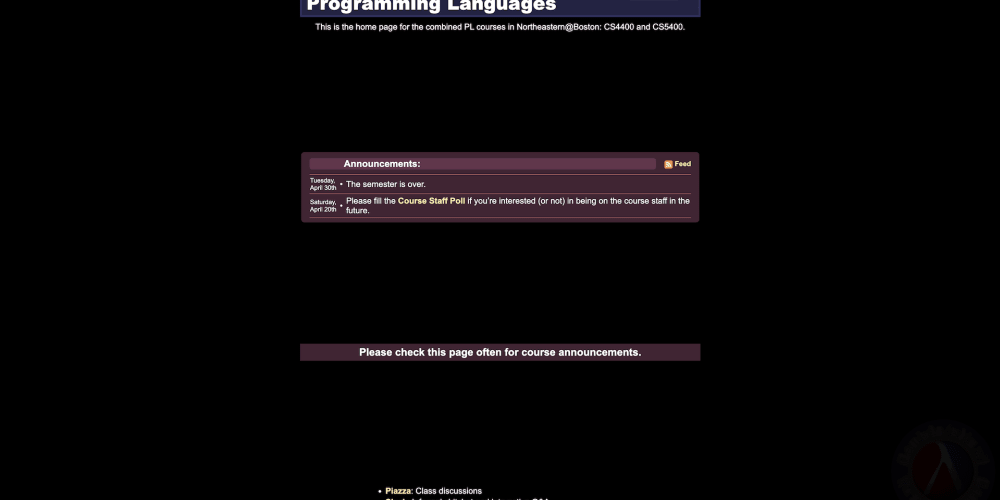The world of industrial automation hinges on seamless communication between devices. This guide empowers you to establish communication between Leadshine servo drivers and a Raspberry Pi using the Modbus RTU protocol, unlocking control and monitoring capabilities for your projects.
Understanding the Players:
- Leadshine Servo Drivers: These intelligent motors offer precise control for various industrial applications.
- Modbus RTU: A widely used industrial communication protocol, Modbus RTU facilitates communication between devices over serial interfaces.
- Raspberry Pi: This versatile single-board computer serves as the control hub for your project, interpreting user commands and interacting with the servo driver.
Prerequisites:
Before embarking on this communication journey, ensure you have the following:
- Raspberry Pi: Any recent model will suffice.
- Leadshine Servo Driver: Consult your specific driver's manual for Modbus RTU communication details.
- USB to RS485 Converter: This hardware module allows your Raspberry Pi (which lacks a built-in RS485 port) to communicate with the servo driver using the Modbus RTU protocol.
- Python Programming Knowledge: Basic Python knowledge will be helpful for writing scripts to interact with the servo driver.
Establishing the Connection:
- Hardware Setup: Connect the Raspberry Pi's USB port to the USB to RS485 converter and then connect the converter's RS485 terminals to the corresponding terminals on your Leadshine servo driver (refer to the driver's manual for specific pin assignments).
- Software Installation: Install the Python library required for Modbus RTU communication. A popular option is pymodbus. You can use the pip package manager:
Pocket-Friendly Feasts: 5 Dollar Meals That Satisfy
Bash
pip install pymodbus
Writing a Python Script for Communication:
Here's a basic Python script template to get you started (remember to replace placeholders with your specific values):
`Python
from pymodbus.client.serial import SerialClient
Define Modbus RTU communication parameters
port = "/dev/ttyUSB0" # Replace with your converter's port name
baudrate = 9600
slave_id = 1 # Replace with your servo driver's Modbus slave ID
Create a Modbus client object
client = SerialClient(method="rtu", port=port, baudrate=baudrate)
Function to read a register value
def read_register(register_address):
response = client.read_holding_registers(register_address, 1)
return response.registers[0]
Example usage: Read the current position of the servo motor (replace with relevant register address)
current_position = read_register(100)
print("Current Position:", current_position)
Function to write a value to a register
def write_register(register_address, value):
client.write_register(register_address, value)
Example usage: Set the target position for the servo motor (replace with relevant register address)
target_position = 2000
write_register(101, target_position)
print("Target Position Set:", target_position)
Close the connection
client.close()`
Understanding the Script:
- The script defines Modbus RTU communication parameters like the serial port, baud rate, and slave ID (specific to your servo driver).
- It creates a Modbus client object using the pymodbus library.
- Functions are defined for reading and writing register values on the servo driver. Replace the register addresses with the specific commands for your desired actions (refer to your servo driver's Modbus documentation).
- The script demonstrates reading the current position and setting a target position for the servo motor (modify these functionalities based on your project requirements).
Additional Considerations:
- Error Handling: Implement proper error handling mechanisms in your script to handle potential communication issues.
- Security: While Modbus RTU is widely used, consider implementing additional security measures if your application demands a higher level of protection.
- Advanced Communication: Explore more advanced Modbus RTU functionalities like function codes for controlling motor speed, direction, and other parameters based on your servo driver's capabilities.
Conclusion:
By utilizing a Raspberry Pi, a Python script, and the Modbus RTU protocol, you can establish a powerful communication channel with your Leadshine servo driver. This opens doors for automated control, data monitoring, and building sophisticated industrial automation projects. Remember to consult your specific servo driver's manual for detailed Modbus function codes and register addresses to tailor the script for your unique requirements.


















